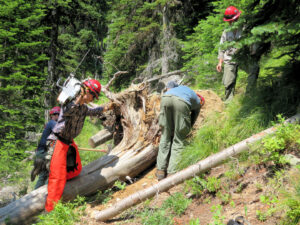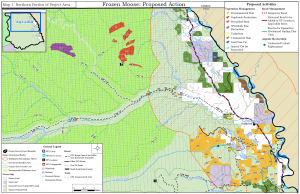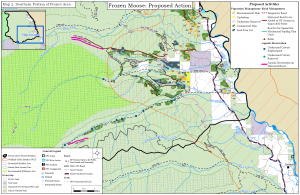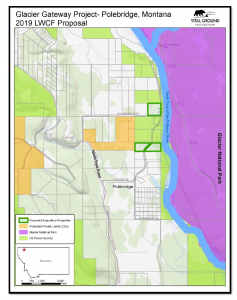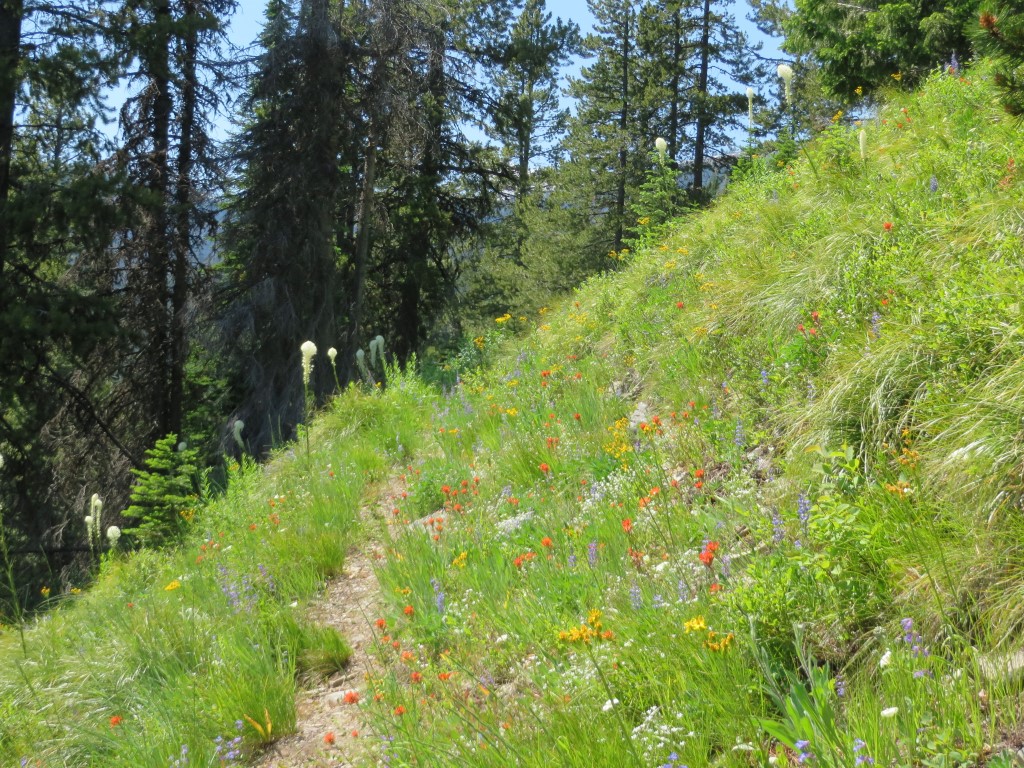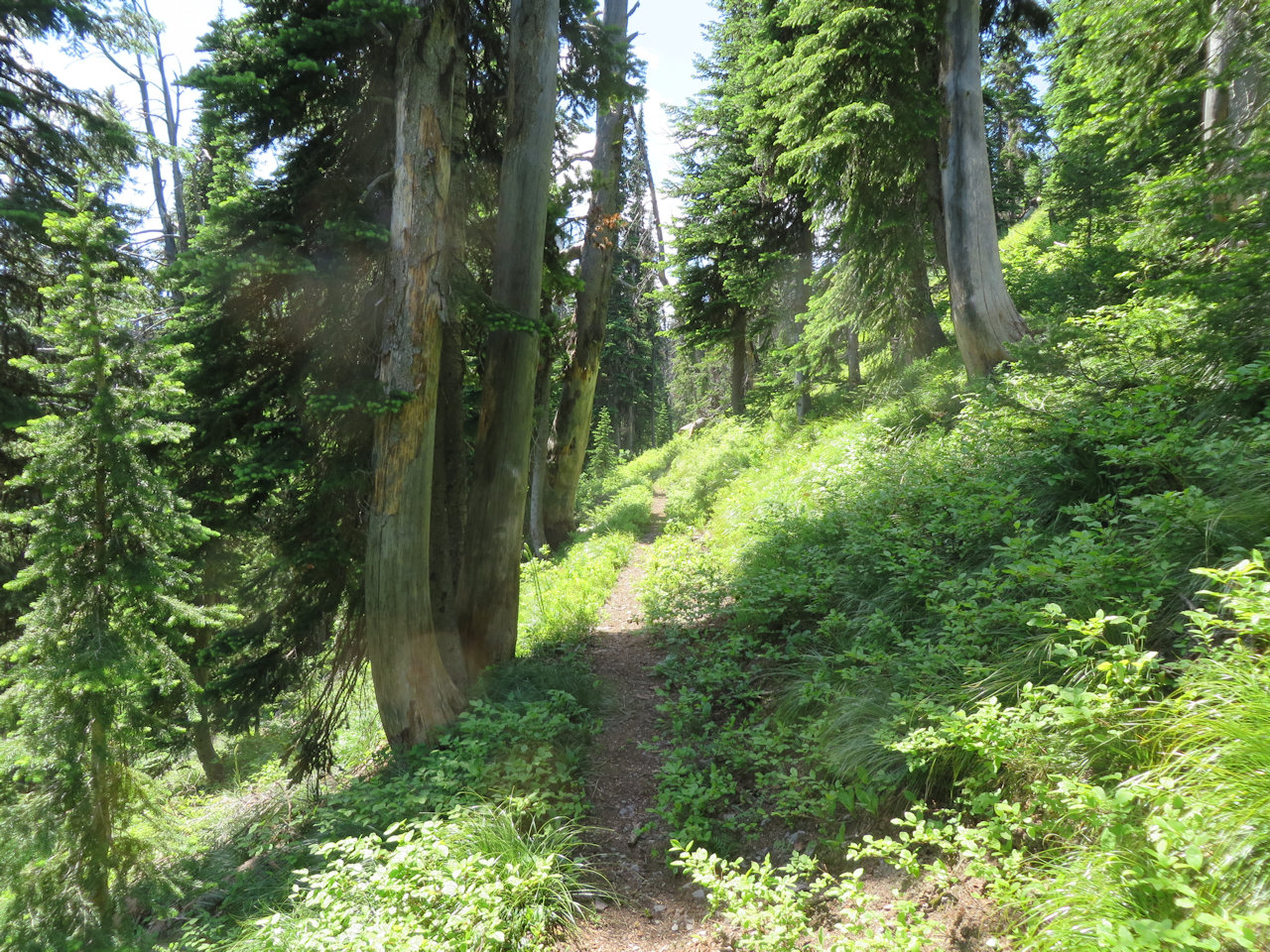Here is a very concerning discussion of next year’s Forest Service seasonal worker hiring freeze. Note that this affects the regular seasonal employees. The recently established “permanent seasonal” employees will still have work, although there will be no money for additional duties. And there is still money to staff the fire crews. Still, this portends a difficult trail maintenance season next year.
…The agency relies on a large, often underappreciated army of seasonal or temporary workers who clean bathrooms and campgrounds, empty trash cans, maintain trails, welcome people at visitor centers and do critical research work on the environment.
These employees help monitor the health of the public waters and forests that the agency oversees, clearing brush and trees that pose wildfire danger and monitoring the health of Alaska’s sockeye salmon. The Forest Service-managed portions of the Appalachian Trail that were damaged by Hurricane Helene will likely be repaired by temporary workers. (Hikers are currently advised to stay off over 800 miles of the Appalachian Trail.)
Next summer, however, most of these tasks will be performed by other staff — or else not done at all…
